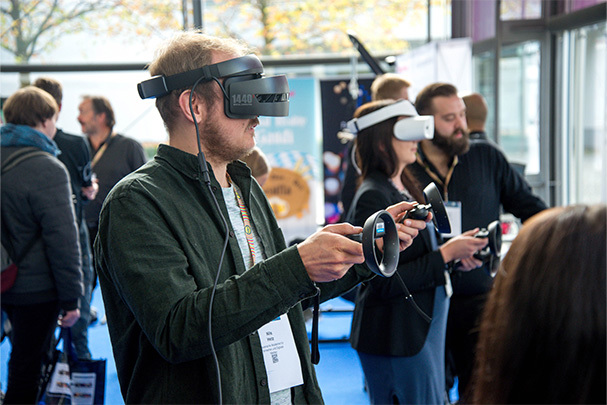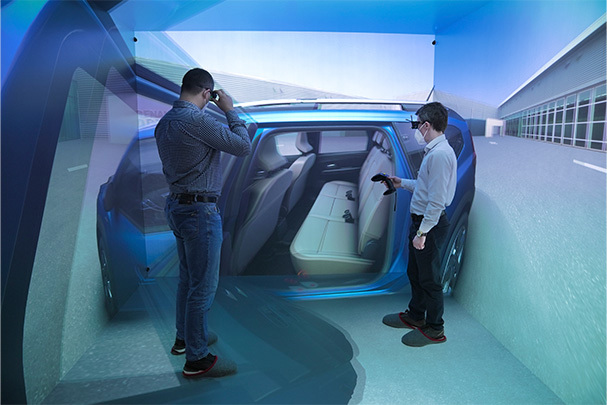
Nationwide Vehicle Contracts takes you through the use of virtual and augmented reality in car design and how the automotive industry uses it
The automotive industry has always been at the forefront of technological innovation. From self-driving cars to electric vehicles, the industry is constantly looking for new ways to improve the driving experience. Virtual and augmented reality (VR/AR) are two emerging technologies starting to significantly impact the car design process. In this blog post will explore virtual and augmented reality in car design.
Virtual Reality (VR) Technology
Virtual Reality (VR) technology allows designers to create a fully immersive 3D environment in which they can explore and manipulate their designs. This enables designers to view their creations from every angle and make adjustments in real time. Using VR, designers can also experiment with different materials and finishes, allowing them to test and refine their designs before they are physically built.
One of the main benefits of using VR in car design is that it can help reduce the time and cost of the design process. Traditionally, designers would create physical prototypes of their designs, which could be a time-consuming and expensive process. By using VR, designers can quickly create and test multiple designs without having to create physical prototypes. This not only speeds up the design process but also saves money on materials and manufacturing costs.
Augmented Reality (AR) Technology
Augmented Reality (AR) is another technology that is starting to be used in car design. AR technology overlays virtual information onto the real world, allowing designers to see how their designs will look in the real world. By using AR, designers can place virtual models of their designs onto real-world environments, such as a street or a parking lot. This allows designers to see how their designs will look in real-world scenarios and make any necessary adjustments.
One of the main benefits of using AR in car design is that it can help designers create more functional designs. For example, designers can use AR to test how their designs will perform in different weather conditions or on different types of roads. This can help them create designs that are more suitable for real-world use.

The image above is an example of the role virtual reality played in designing the Dacia Jogger.
VR and AR are also being used in other areas of the automotive industry. For example, VR is being used to train mechanics on how to repair and service cars. This allows mechanics to practice their skills in a safe and controlled environment before working on actual cars. AR is also being used in car showrooms, allowing customers to see how different features of a car will look in the real world.
In conclusion, virtual and augmented reality technologies are becoming increasingly important in the car design process. By allowing designers to create and test designs in a virtual environment, these technologies are helping to reduce the time and cost of the design process. Furthermore, by using AR to test designs in real-world scenarios, designers can create more functional designs that are better suited to real-world use. As these technologies continue to improve, we can expect to see even more innovative uses in the automotive industry in the years to come.
For more information, why not read our How Racing Simulators Are Preparing Professional Drivers for The Track blog? We produce a range of weekly blogs on various topics, which can be found in the blog section of our website.
Nationwide Vehicle Contracts are one of the UK's leading car leasing brokers and offer a range of leasing deals to suit every need. To find out more, check out our comprehensive car leasing guides or call one of our experts on 0345 811 9595.

